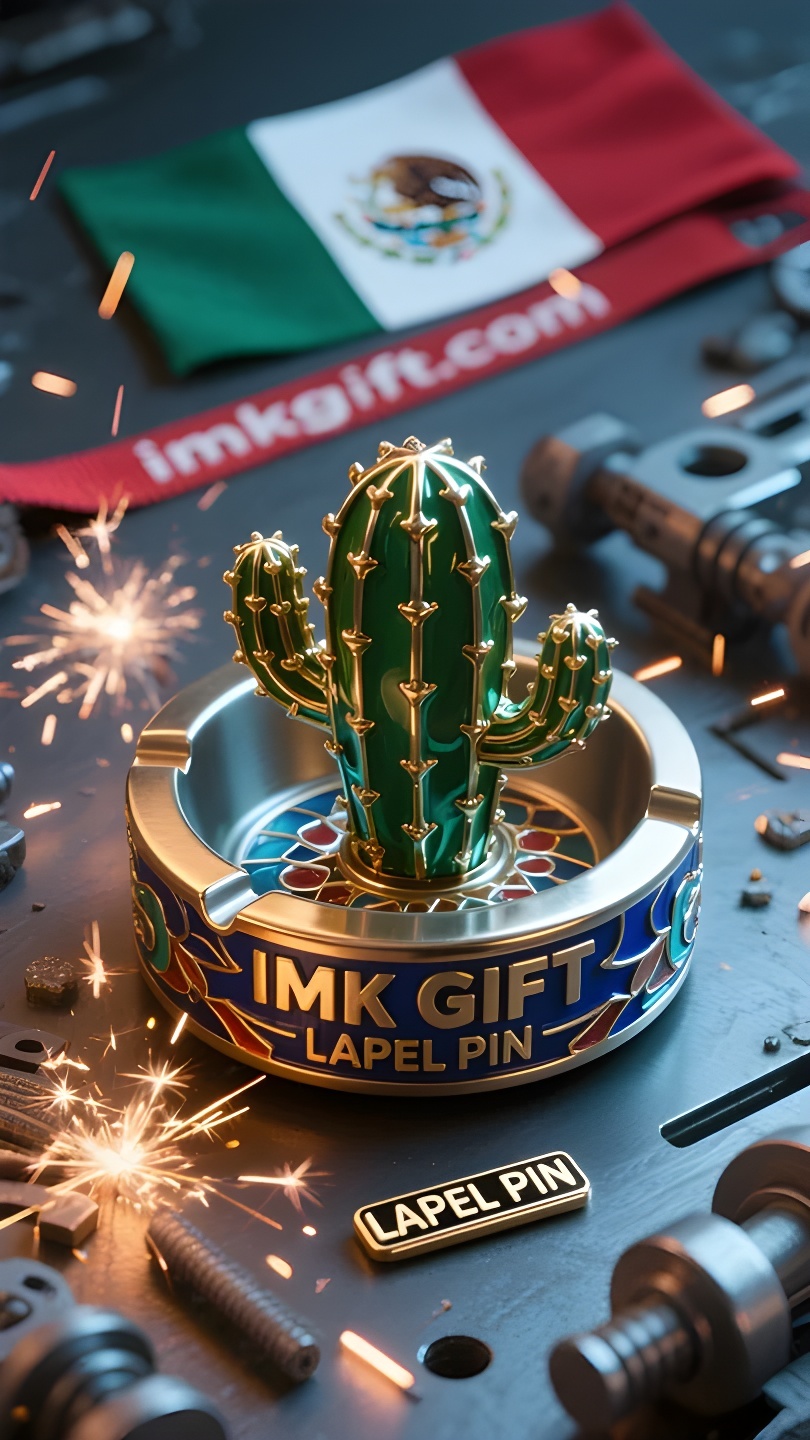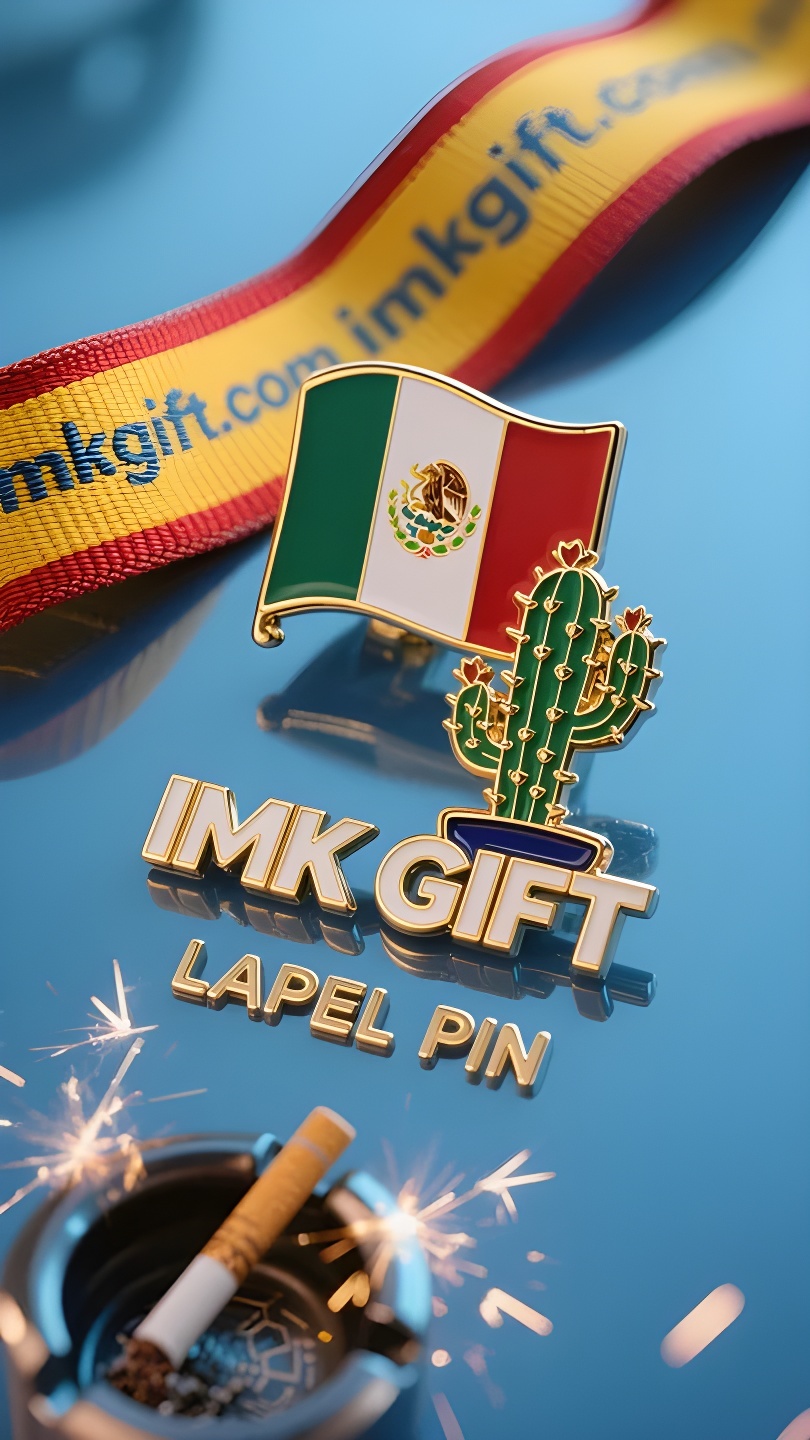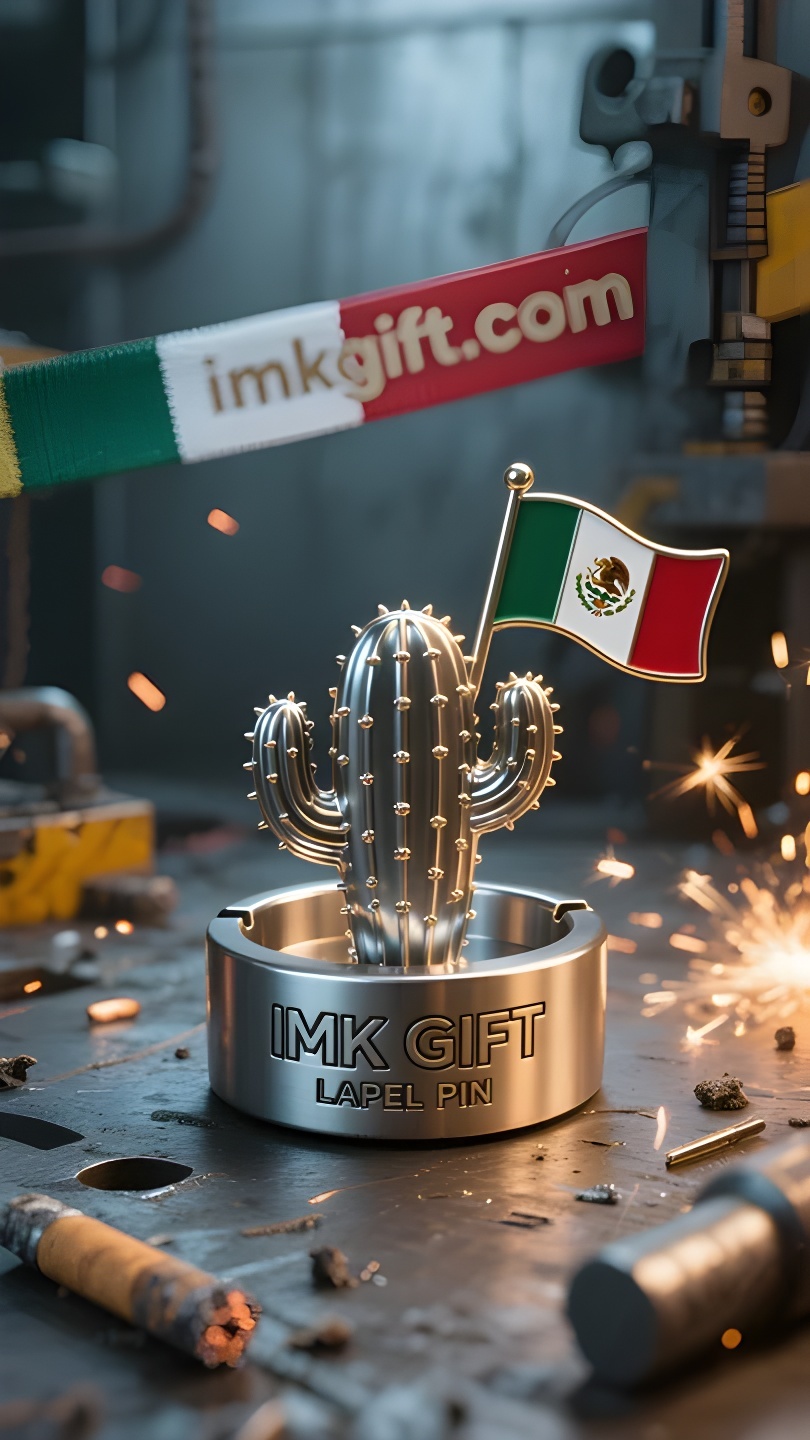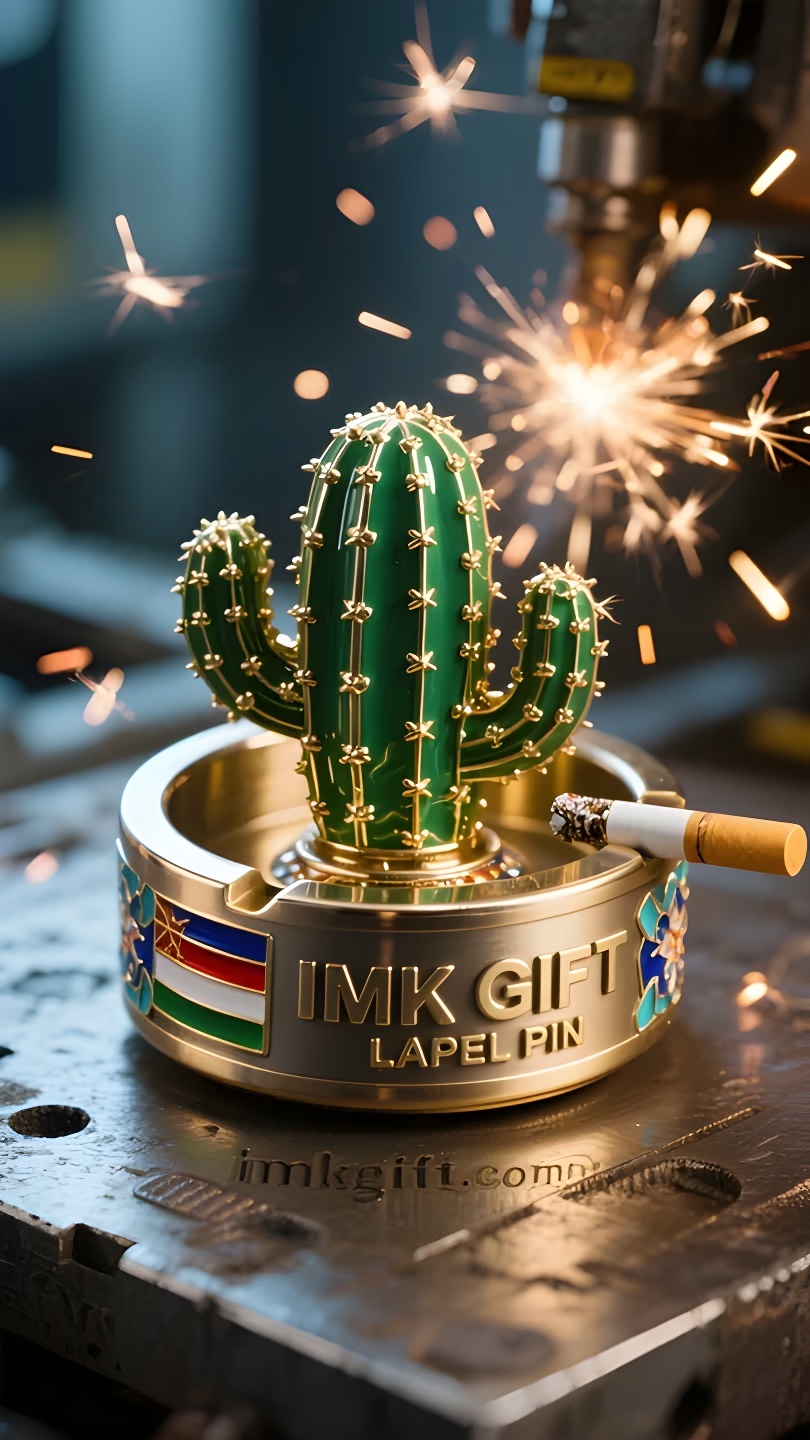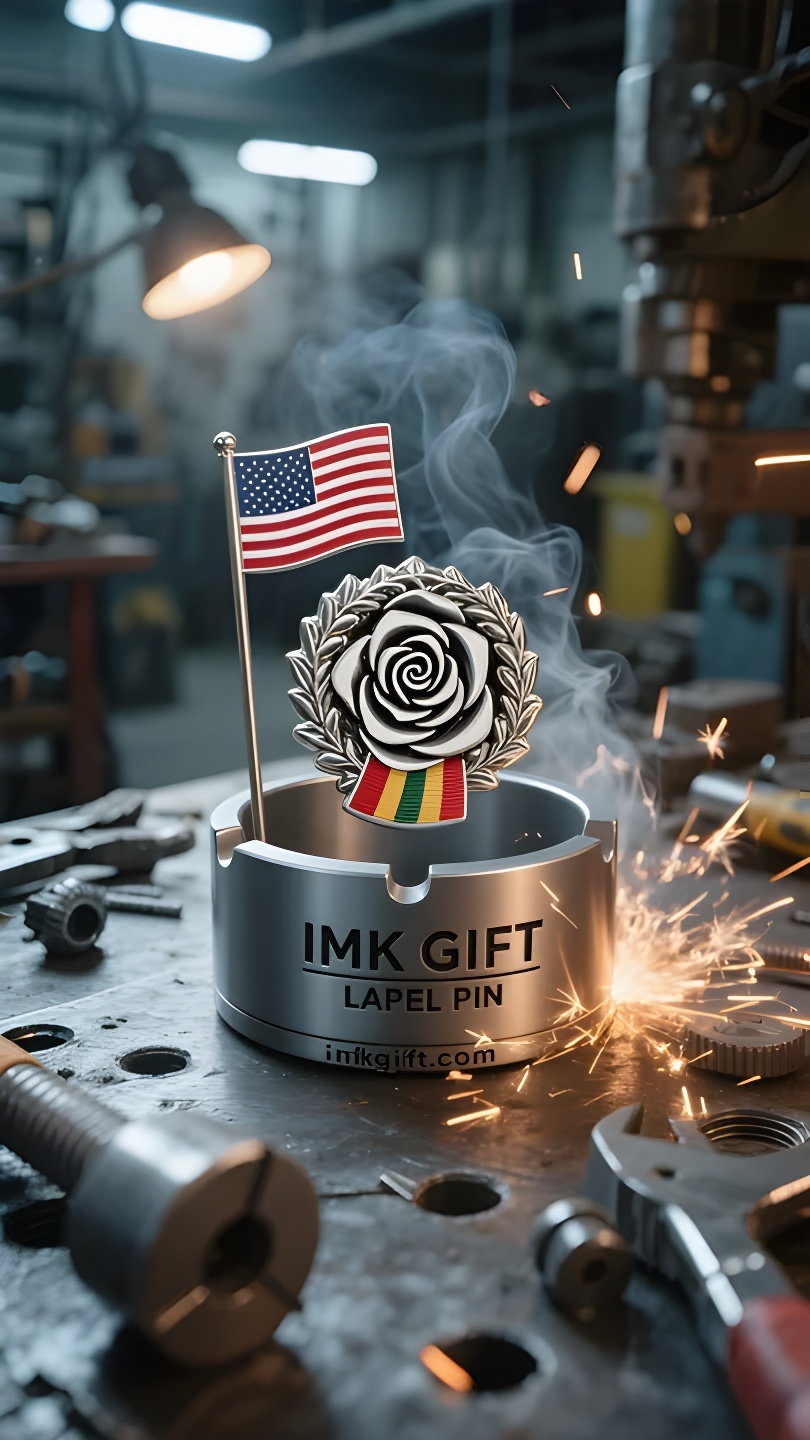in983-El-alma-nacional-que-florece-de-las-cenizas-el-espíritu-mexicano-en-el-cactus
▼
Cada febrero, los mexicanos aprovechan el Día de la Bandera Nacional para revivir la gloria de su nación. El águila y el cactus de la bandera verde, blanca y roja no solo representan las leyendas aztecas, sino también la filosofía de vida más profunda del país. En las calles de la Ciudad de México, un cenicero de cerámica con forma de cactus resulta particularmente llamativo. El artesano conservó deliberadamente las grietas del esmaltado durante la cocción, haciendo que las líneas grises y blancas parezcan capas de roca erosionadas por tormentas de arena. Este artefacto, aparentemente tosco, es en realidad una metáfora de la lucha de los mexicanos contra las dificultades: cuando las colillas se convierten en cenizas en las ranuras con forma de cactus, es como si la vida diera vida a la vitalidad en la sequedad. Los cascos de hierro de los colonos aplastaron la antigua civilización, pero al igual que el cactus que almacena agua de lluvia en el desierto, los mexicanos transformaron el sufrimiento en la fuerza para arraigar. La bandera nacional actual, verde, blanca y roja, representa respectivamente la esperanza, la paz y la sangre. Las grietas del cenicero de cactus rebosan de este espíritu nacional inextinguible: enseña al mundo que la verdadera tenacidad no consiste en evitar quemaduras, sino en hacer brotar nuevas flores de las cenizas. Cuando el humo y el polvo se disipan, el tótem del cactus que sostiene al águila sigue creciendo obstinadamente bajo el sol abrasador.
Every February, Mexicans use National Flag Day as an opportunity to relive the glory of their nation. The eagle and cactus on the green, white and red flag are not only the embodiment of Aztec legends, but also embody the country’s deepest philosophy of life. In the streets of Mexico City, a ceramic ashtray based on a cactus is particularly eye-catching. The craftsman deliberately retained the traces of cracks in the glaze during firing, making the gray and white lines look like rock layers eroded by sandstorms. This seemingly rough artifact is actually a metaphor for Mexicans’ fight against difficulties: when cigarette butts turn to ashes in the cactus-shaped grooves, it is like life giving birth to vitality in the dryness. The iron hoofs of the colonists once crushed the ancient civilization, but just like the cactus storing rainwater in the desert, the Mexicans transformed suffering into the power of taking root. Today’s national flag, green, white and red, respectively correspond to hope, peace and blood. The cracks in the cactus ashtray are surging with this kind of inextinguishable national spirit – it teaches the world that true tenacity is not about avoiding burns, but about growing new flowers in the ashes. When the smoke and dust clear, the cactus totem holding up the eagle is still growing stubbornly under the scorching sun.
每年二月,墨西哥民众都会以国旗日为契机重温民族荣光。绿白红三色旗帜上的雄鹰与仙人掌,不仅是阿兹特克传说的具象化,更凝结着这个国度最深沉的生命哲学。
在墨西哥城的街巷中,一种以仙人掌为原型的陶制烟灰缸尤为引人注目。匠人刻意保留烧制时釉面开裂的痕迹,让灰白色纹路如同沙暴侵蚀后的岩层。这种看似粗粝的器物,实则是墨西哥人对抗困境的隐喻:当烟蒂在仙人掌形状的凹槽里化为灰烬,恰似生命在干涸中孕育生机。殖民者的铁蹄曾碾碎古文明,但恰如仙人掌在沙漠中贮存雨水,墨西哥人将苦难转化为扎根的力量。
今日的国旗绿白红三色,分别对应着希望、和平与热血。仙人掌烟灰缸的裂纹中,正涌动着这种永不熄灭的民族精神——它教会世人,真正的坚韧不是避免灼伤,而是在灰烬里开出新的花朵。当烟尘散尽时,那个托举着雄鹰的仙人掌图腾,依然在烈日下倔强生长。
▼
Contact Us
📞 Tel: +0086-760-85286839
📧 Email: sales3@imkgift.com

